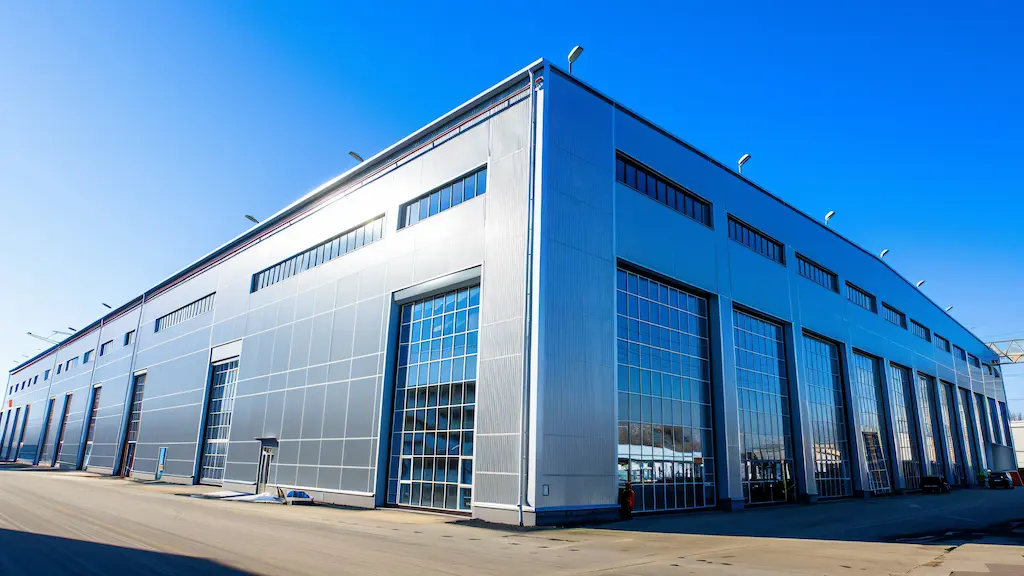Seismic-Resistant Steel Design

Introduction to Seismic-Resistant Steel Design
Seismic-resistant steel design focuses on engineering steel structures to withstand the forces generated by earthquakes, ensuring structural integrity and occupant safety in seismic zones. Earthquakes produce dynamic loads that can cause severe damage or collapse if buildings are not properly designed. Steel, with its high strength, ductility, and energy absorption capacity, is an ideal material for seismic-resistant construction. Innovations in design principles, materials, and construction techniques have significantly improved steel structures’ ability to endure seismic events while minimizing damage.
Modern seismic design codes incorporate performance-based criteria that require structures to maintain functionality after earthquakes. This has led to the development of specialized steel framing systems, connection details, and damping devices engineered to absorb and dissipate seismic energy. By applying rigorous analysis methods such as nonlinear dynamic simulations, engineers optimize steel designs to ensure resilience under various earthquake scenarios.
Key Innovations Enhancing Seismic Steel Structures
Recent innovations have transformed seismic-resistant steel design, improving performance and constructability. One major advancement is the use of moment-resisting frames with specially detailed connections that allow controlled deformation without failure. These connections provide ductility, enabling steel frames to bend and sway during earthquakes without fracturing.
Another innovation is the integration of base isolators and energy dissipation devices, such as dampers, which reduce seismic forces transmitted to the structure. These technologies enhance occupant comfort by limiting building movement and reduce structural damage. Use of high-strength, low-alloy steels with improved toughness enhances resilience against cyclic loading typical in earthquakes.
Computer-aided design and Building Information Modeling (BIM) tools allow precise modeling of seismic responses, enabling optimized design solutions and clash detection. Prefabrication and modular construction techniques also improve quality and speed, critical in seismic-prone areas where rapid and reliable construction is essential.
Benefits of Seismic-Resistant Steel Design
Seismic-resistant steel design provides critical benefits in protecting lives, minimizing economic losses, and ensuring post-earthquake functionality. Steel’s inherent ductility allows structures to absorb and dissipate large amounts of seismic energy without catastrophic failure. This reduces the risk of collapse and increases the likelihood of safe evacuation during an earthquake.
Economically, well-designed seismic steel structures lower repair costs and downtime after events, supporting quicker recovery for affected communities. The flexibility of steel design also accommodates architectural creativity while meeting stringent seismic codes, allowing for safe yet aesthetically pleasing buildings.
In addition, steel’s recyclability and potential for reuse align with sustainability goals, ensuring that seismic-resistant structures contribute to environmentally responsible construction practices. Overall, investing in seismic steel design enhances resilience and safety in earthquake-prone regions worldwide.
Challenges and Future Directions in Seismic Steel Design
Despite progress, challenges remain in implementing seismic-resistant steel design universally. High initial costs, especially for advanced damping systems and isolators, can deter adoption in low-budget projects. Skilled labor and rigorous quality control are necessary to ensure the integrity of critical connections and assemblies.
Accurate seismic hazard assessment and code compliance require ongoing research and updates, as earthquake behavior can vary widely by region. Integration of smart monitoring systems and real-time data analytics is emerging to provide early warnings and structural health information.
Future trends include developing novel materials such as shape-memory alloys and ultra-high-performance steels that enhance ductility and energy absorption. Advances in computational modeling and AI-driven design optimization will further refine seismic-resistant steel structures, making them safer, more cost-effective, and adaptable to evolving seismic risks.





